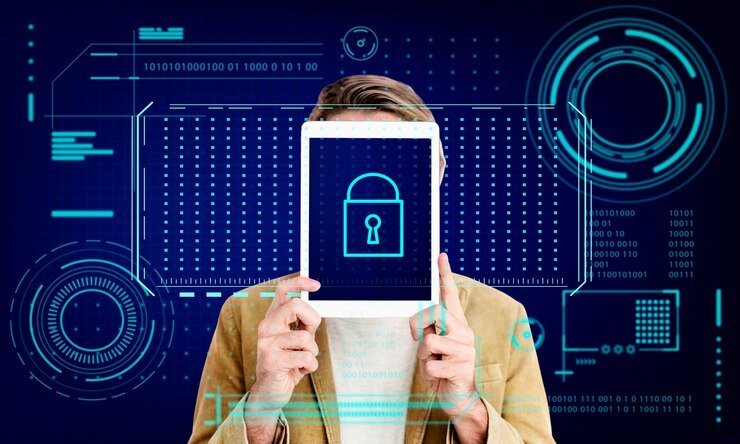The Importance of Customer Identity Verification and the Various Types Available for Your Business
by Sumona Business 11 March 2022

More and more business transactions and communications are conducted online these days. This has made the need for customer verification extremely important.
Ensuring that the customers are who they say they are is crucial for the businesses. It reduces the probability of fraud and allows transactions to be conducted with full assurance.
When a user registers for a service or opens an account, the customer verification process gets started. Businesses need the ability to verify customers during this onboarding process since the potential for fraud is the highest then. It is necessary to know the difference between identity verification and identity validation.
Identity verification is a process whereby the validity of an individual’s identity is established. It is checked for truth and accuracy. Identity validation comes later. That is when the customer’s identity is checked against an already established standard.
There are 2 fundamental ways in which a customer’s identity can be verified. One is Data-centric, and the other is document-centric. In document-centric verification, the customer’s live image is matched to a government-issued ID.
More information on the complete digitization of identity verification is available at Au10tix. The average verification time using this method is only 4.5 seconds. Data-centric verification uses customer-supplied information. It compares them against established databases that hold demographic records.
Related Reads: What is KYC Verification and How Does it Work?
Available Methodologies of the Customer Verification Process
1. Knowledge-Based Authentication
![]()
KBA is a process that requires a customer to answer some security questions. These answers are easy for the customer to remember but difficult for others to guess. It is one of the easiest methods of verification for the users.
The weakness of this type of verification is that sometimes the answers are available on social media. Social engineering is also used to retrieve the answers from the users. Having a time limit for the answers can help make the process more secure.
2. Two Factor Authentication
In this method, an identification token is used in addition to a username and password. The token is generally in the user’s possession. It can be a code that they have memorized. Or it could be a code that is generated and supplied to them on every use.
For example, an SMS can be sent to a phone, or a code can be securely sent to another device also logged in with the same ID. This method is especially useful during the process of resetting passwords. The drawback is that the user needs a separate device to access the code.
3. Credit Bureau Authentication

Credit Bureaus store a substantial amount of information about many customers. These can include things like names, addresses, and social security numbers. This type of authentication matches information supplied by the user through a score-based system.
credit rating agencies store historical information regarding the user as well. All the phone numbers and postal addresses that the user has used in the past are also available. The issue is that young people or new residents of countries do not have a credit history. In such a case, no verification will be possible.
4. Database Methods
Social media databases and offline databases can be used to verify a person’s identity. These methods are used to determine the amount of risk that users pose. These databases already keep a record of this metric. Thus, manual reviews by the business are not necessary.
The negative aspect of this method is that there is no way to ensure an identity match. It cannot guarantee that a person transacting is truly the owner of the financial product they are using. That is due to a large number of identity information leaks on the internet.
5. Online Verification

This technique employs the use of AI, biometrics, computer vision, and human review. It uses these technologies to verify whether the government-issued id matches the identity of the user or not. In this method, customers hold an ID card near their face, take a picture, and submit it.
It ensures that that person has the ID and that the ID truly belongs to them. The problem with this method is that many users find submitting a live image of themselves inconvenient. There are privacy concerns as well. Many users find this process intrusive.
As you can see, no one methodology is entirely secure by itself. You need to use a combination of these to make a completely secure system. Which combination you use will depend on the nature of the business you run. Now that you know the basics of the various principles that guide identity verification, you should be able to make a more informed decision.
Read Also:







































































































